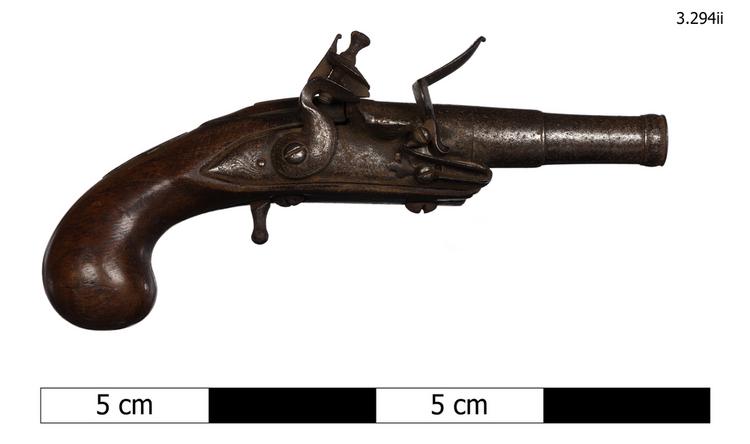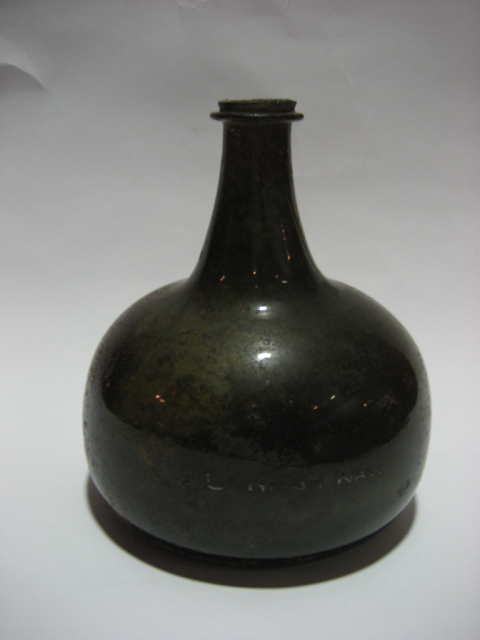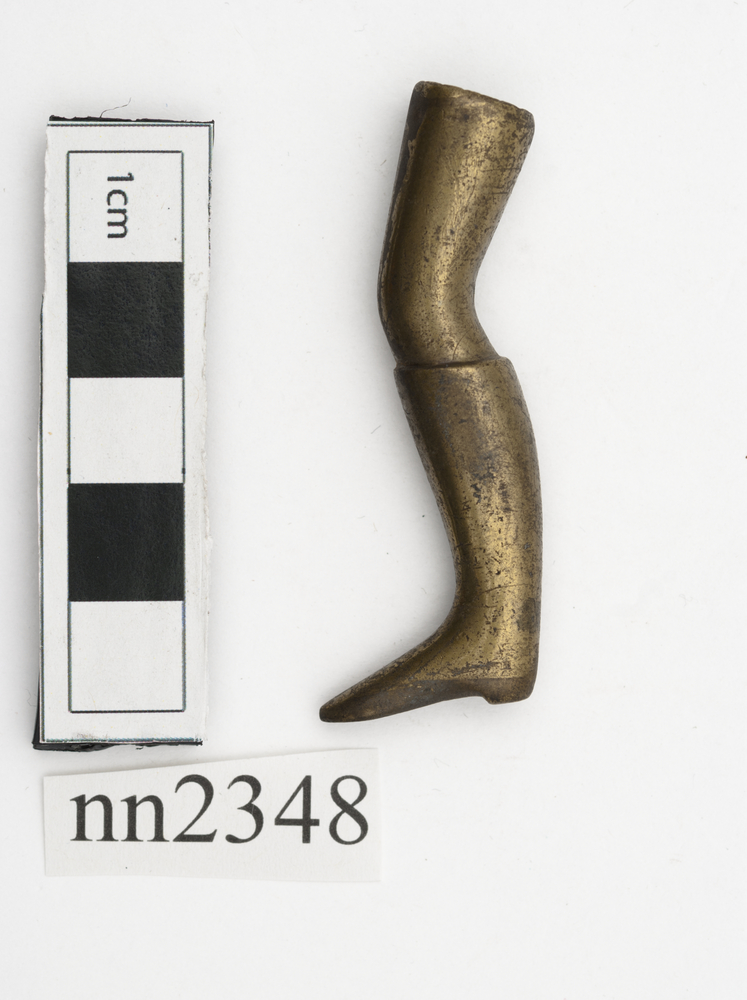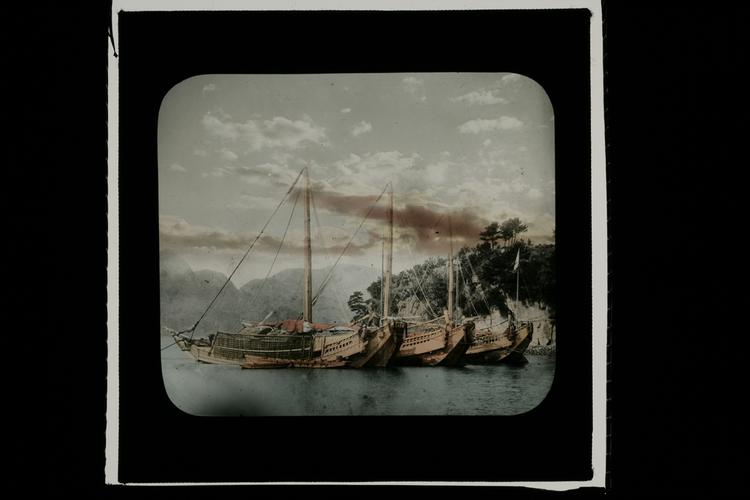

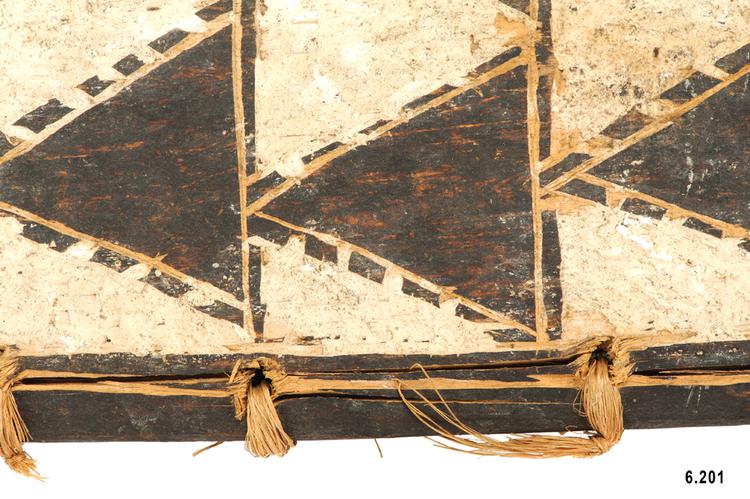
Carved dance paddle engraved with black and white isosceles triangles and pierced around the edge to permit the tying of several loops of coconut fibre. The white triangles are inlaid with lime.
Dance Paddle, Ponape Group, Caroline Islands, Western Micronesia. This ornamental paddle of Breadfruit wood (Artocarpus altilis) from the eastern Caroline Islands was a vital prop in an important form of combined song and dance performed there. Alongside their fine boats, such paddles were among the most ornamental works of traditional Caroline Islands carving, and many people chose to be buried with their treasured dance paddles. James O’Connel, an Irishman who lived for five years in the Carolines during the 1820s, provides us with one of the earliest accounts of these objects. As well as being performed at the consecration ceremony for new canoes, he saw the paddle dance performed at the climax of a wedding celebration, after the wedding feast. In his 1841 book A Residence of 11 Years in New Holland & the Caroline Islands, he wrote: ‘The males and females stand opposite each other on the raised walk which goes round the house inside, the women upon one side and the men upon the other. The chiefs present remain upon the dais, the bride is in the centre of the line of women, and the bridegroom opposite with the men. In dancing, they do not skip, run about or change places; a foot square is abundant space for each person. They stamp with each foot alternately, bringing the right or left side forward as the foot is moved, and flourishing the arms. All have fancy paddles in their hands, men and women, and as they turn either side of the body to the centre of the building, they strike the paddles together in perfect time, shifting them from hand to hand to keep them inside. All sing together, and to aid in the time a person is seated in front of the chiefs on the dais, with a stick in his hand, with which he hammers time on the bottom of an old canoe’. Wood. Late 19th Century. Formerly in the private collection of Mr. C. H. Kent.



